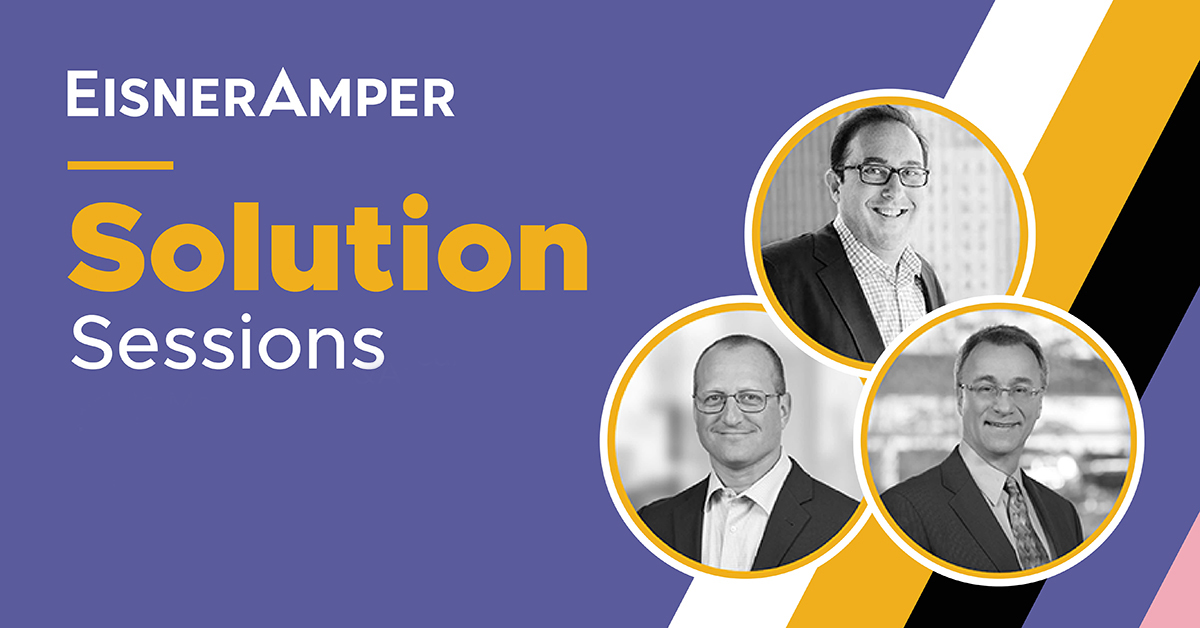
Self-Directed Individual Retirement Account Basics
- Published
- Jun 7, 2021
- Share
Do you ever wish that you could use the savings in your retirement accounts to invest in assets other than stocks, bonds, mutual funds and exchange traded funds? Actually, you can through what is known as a self-direct individual retirement account (“SDIRA”).
What Is an SDIRA?
SDIRAs are a type of IRA that can hold a variety of alternative investments normally prohibited from regular IRAs. Although the account is administered by a custodian or trustee, it's directly managed by the account holder—hence the name "self-directed." Thus, the SDIRA gives you more control over your retirement savings.
Investment options in these accounts are almost unlimited, provided you meet certain guidelines. Some of these diverse alternative investments available via an SDIRA are:
- Annuities
- Commercial Paper
- Crypto Currency
- Farmland
- Futures
- Livestock
- Options
- Precious Metals – Gold, Silver and Palladium
- Private Notes and Loans
- Private Stock Offerings (aka PPMs)
- Raw Land
- Real Estate – Residential and Commercial
- Tax Certificates – Tax Liens
- Trust Deeds/Mortgage and Mortgage Pools
Comparing SDIRAs to Roth and Traditional IRAs
An SDIRA is either a traditional IRA (to which you make tax-deductible contributions) or a Roth IRA (from which you take tax-free distributions). Self-directed IRAs are best suited for savvy investors who already understand alternative investments and want to diversify in a tax-advantaged account.
A key difference between a traditional and Roth IRA is when you pay the taxes. With traditional IRAs, you have an opportunity to obtain an upfront tax break, but then pay taxes on your contributions and earnings as you withdraw them during retirement. On the other hand, you don’t get a tax break when you contribute to a Roth IRA. But your contributions and earnings grow tax-free, and qualified distributions are also tax-free.
Most banks and financial institutions tend to limit you to bonds, mutual funds, ETFs or stocks, not because they are limited to these investments, but because they have no financial (careful) interest in allowing account holders to invest in the aforementioned alternative investments.
Establishing an SDIRA
Here’s how to create an SDIRA:
- Open a self-directed IRA account – Identify a qualified IRA custodian.
- Fund the account – Transfer funds from an existing retirement account, and make new contributions to your newly formed SDIRA.
- Identify investments.
- Determine ways to fund the purchase of investments – Instruct the SDIRA custodian to purchase the investments. This can get expensive and time consuming because the custodian will normally charge transaction fees and needs to approve investments. Form a single-member limited liability company (“SMLLC”) with the SDIRA as the owner. Designate the beneficiary (you) as the manager of the SMLLC and its checkbook. Have the IRA custodian fund the SMLLC. Then you, as the manager, are free to make investments through the SMLLC that is owned by the SDIRA.
Other Key Points
The owner of the investments is the SDIRA, not you. The SDIRA cannot transact any business with or provide a benefit to disqualified persons who are the IRA holder or his/her spouse; ancestors; lineal descendants, including their spouses; or any corporation, partnership, or trust in which the IRA holder has a 50% or greater interest. Prohibited investments include collectibles (e.g., art, rugs, antiques, stamps, coins, wine,); life insurance; and S corporation stock.
Self-directed IRAs can also be set up as traditional IRAs or Roth IRAs. However, keep in mind, with any of the above IRA options, also include in your planning considerations employer-provided retirement plans and beneficiary selections, life expectancy forecasts and related adequacy of cash flow needs over lifetime(s) expectancy, the utilization of trust-owned life insurance as a funding vehicle to create supplemental assets for heirs devoid of related tax, and a review of your estate plan and advance health care directives and beneficiaries.
An SDIRA is a powerful tool to use in building retirement wealth. Due to the potential intricacies, it is best to work with a financial advisor with expertise in this area.
What's on Your Mind?
Start a conversation with Daniel
Receive the latest business insights, analysis, and perspectives from EisnerAmper professionals.












